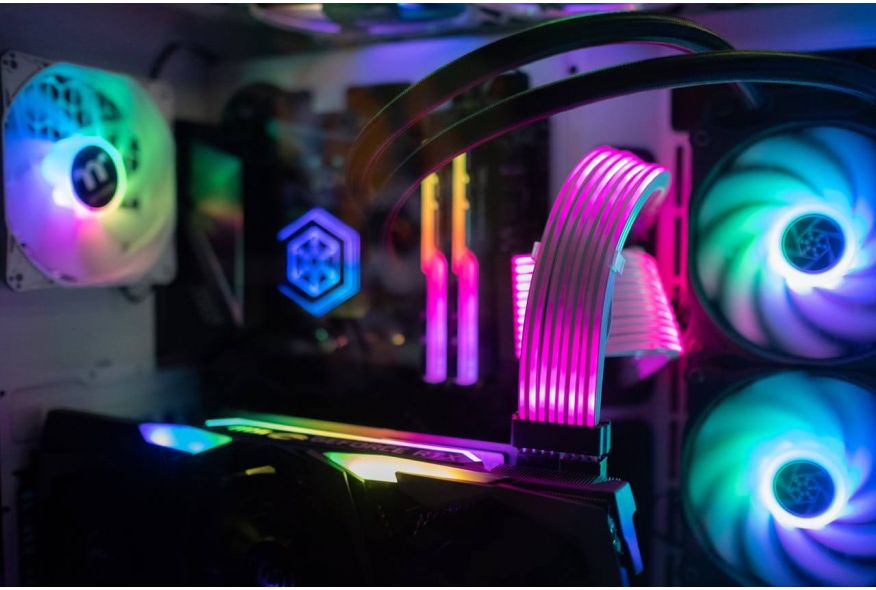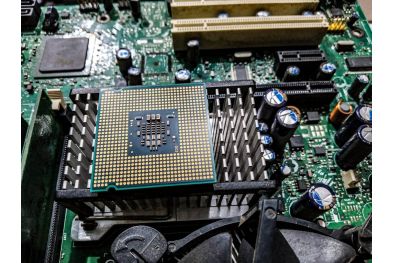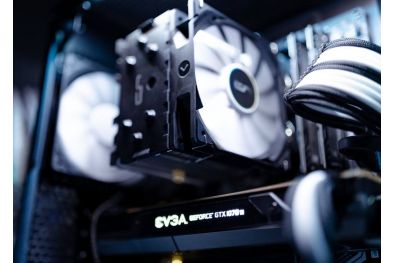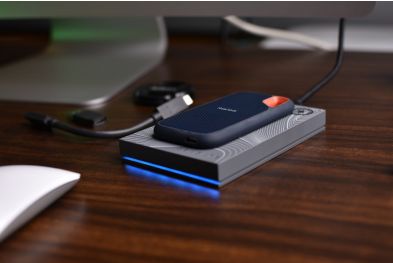How to Boost Your PC’s Performance Without Spending Much
Is your computer running slower than you’d like? You don’t need to spend a fortune on expensive upgrades to improve its performance. With a few simple tweaks and optimizations, you can breathe new life into your PC without draining your wallet. In this article, we’ll share budget-friendly tips to help you speed up your computer and get the most out of your system.
1. Clean Up Your Hard Drive
A cluttered hard drive can significantly slow down your PC. Freeing up space can improve performance and make your system more responsive.
Delete Unnecessary Files: Remove temporary files, old downloads, and unused programs.
Use Disk Cleanup:
Type Disk Cleanup in the Windows search bar and open the tool.
Select the drive you want to clean and click OK.
Check the boxes for files you want to delete (e.g., temporary files, recycle bin).
2. Disable Startup Programs
Too many programs launching at startup can slow down your PC’s boot time and overall performance.
Manage Startup Programs:
Press Ctrl + Shift + Esc to open Task Manager.
Go to the Startup tab.
Disable programs you don’t need at startup by right-clicking and selecting Disable.
3. Optimize Your System Settings
Adjusting a few settings can make a big difference in performance.
Adjust Visual Effects:
Right-click on This PC or My Computer and select Properties.
Click Advanced system settings and go to the Advanced tab.
Under Performance, click Settings and choose Adjust for best performance or customize specific visual effects.
Power Plan Settings:
Go to Control Panel> Hardware and Sound> Power Options.
Select High Performance to maximize your PC’s capabilities.
4. Defragment Your Hard Drive (HDD Only)
If you’re using a traditional hard drive (HDD), defragmenting can improve performance by organizing fragmented data.
Defragment Your Drive:
Type Defragment and Optimize Drives in the Windows search bar.
Select your drive and click Optimize.
Note: If you’re using an SSD, defragmentation is unnecessary and can reduce its lifespan.
5. Update Your Software and Drivers
Outdated software and drivers can cause performance issues. Keeping everything up to date ensures your PC runs smoothly.
Windows Updates: Go to Settings> Update & Security> Windows Update and check for updates.
Driver Updates: Visit your hardware manufacturer’s website to download the latest drivers for your components.
6. Add More RAM (If Possible)
If your PC is struggling with multitasking, adding more RAM can be a cost-effective upgrade.
Check Compatibility: Ensure your motherboard supports additional RAM and matches the existing specifications.
Install RAM: If you’re comfortable opening your PC, installing RAM is a straightforward process.
7. Use Lightweight Software
Heavy applications can slow down your PC. Switching to lightweight alternatives can improve performance.
Web Browsers: Use browsers like Firefox or Edge instead of resource-heavy options.
Productivity Tools: Opt for lightweight office suites or cloud-based applications.
8. Scan for Malware and Viruses
Malware and viruses can significantly slow down your PC. Regularly scanning your system ensures it stays clean and efficient.
Use Antivirus Software: Install a reputable antivirus program and run regular scans.
Windows Defender: If you don’t have third-party antivirus software, enable Windows Defender and perform a full scan.
Final Thoughts
Boosting your PC’s performance doesn’t have to be expensive. By cleaning up your hard drive, managing startup programs, optimizing settings, updating software, and making small upgrades like adding RAM, you can significantly improve your computer’s speed and responsiveness.
Found these tips helpful? Share this article with your friends on social media to help them speed up their PCs too!
With these budget-friendly tips, you can enjoy a faster and more efficient PC without spending a fortune. Don’t forget to share this guide to help others get the most out of their computers!







